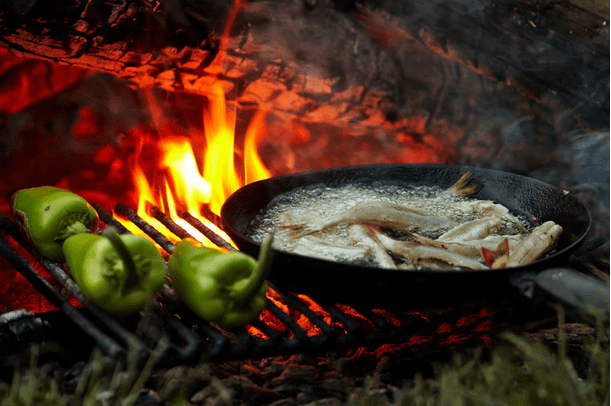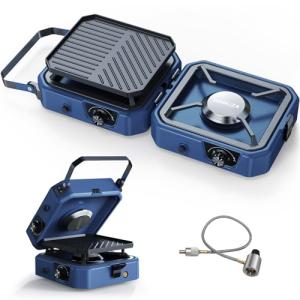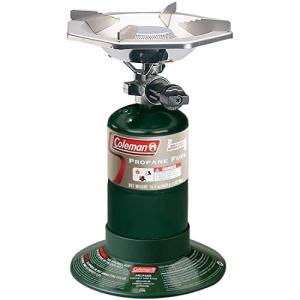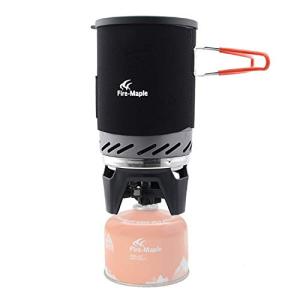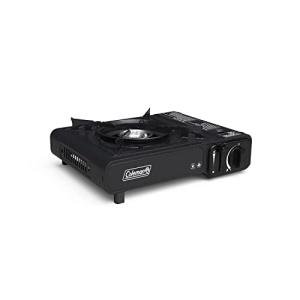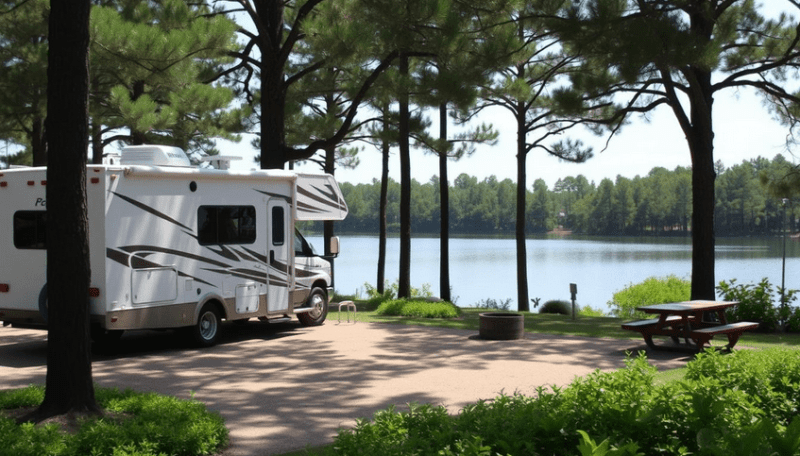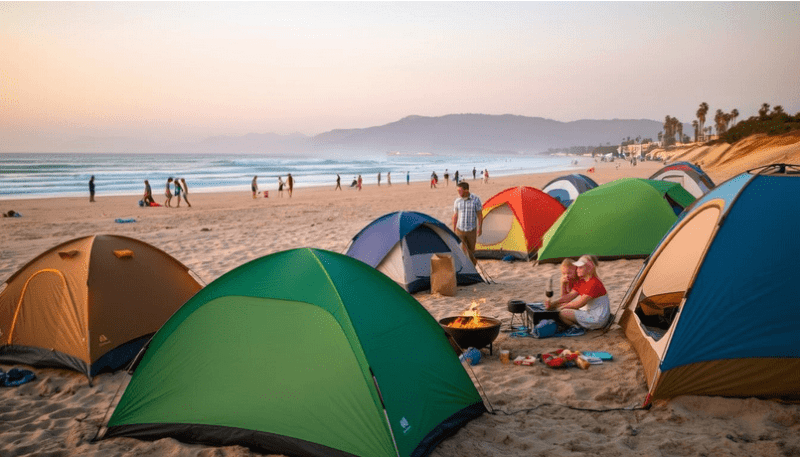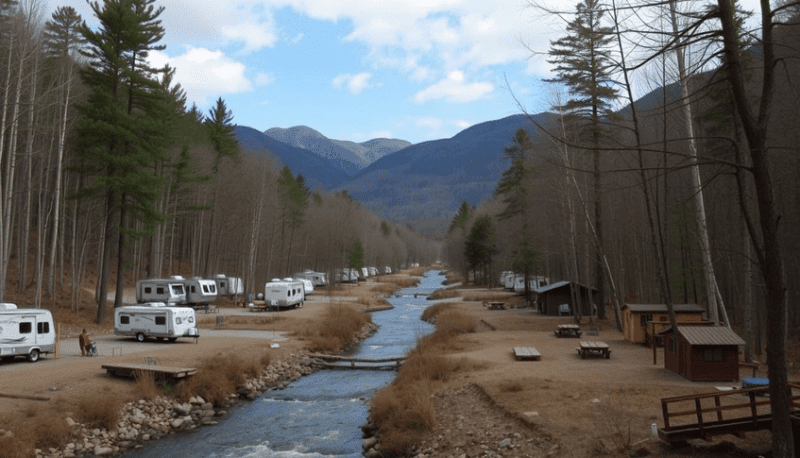Your Guide to Campfire Cooking:
The smell of wood smoke and the crackle of a fire set the stage for a great outdoor meal. Campfire cooking might seem challenging at first, but with the right tips, it becomes a fun and rewarding experience.

Understanding how to prepare and manage a campfire is crucial for cooking delicious meals. Different methods like grilling or using a Dutch oven provide options to suit various preferences and dishes. Safety and respect for the environment are just as important, ensuring everyone has a good time and the site stays in good condition.
Whether making breakfast, lunch, or dinner, there’s something special about meals cooked outside. Discover how to transform fresh ingredients into tasty dishes, all while savoring the outdoor atmosphere.
Campfire cooking skills are essential for beginners to enjoy their outdoor meals.
Key Takeaways
- Learn the basics of starting and managing a campfire safely.
- Use simple equipment and techniques for tasty outdoor meals.
- Respect campsite rules to ensure a safe cooking experience.
Preparing Your Campfire
Creating a campfire requires some planning and the right materials. A good campfire depends on selecting a safe spot, gathering the necessary wood, and ensuring the fire lasts.
Choosing The Right Location
Picking the right spot for your campfire is crucial for safety. Make sure the chosen area is at least 15 feet away from tents, trees, and other flammable objects.
Clear the area of branches or leaf litter that might catch fire.
Campgrounds often have designated fire rings or pits; use them if available. This helps contain the fire and reduces the risk of wildfires.
Look for a spot shielded from wind, as strong gusts can spread embers.
Checking local rules about campfires is important, too. Some places may have fire bans to prevent wildfires, especially during dry seasons.
Gathering Materials
Before starting a fire, collect three types of fuel: tinder, kindling, and larger wood for fuel.
Tinder might include dry leaves, grass, or small twigs. Kindling is slightly larger—think pencil-sized sticks. Both are essential for catching the initial spark.
For fuel, gather larger logs or branches. Make sure they're dry and dead, as wet wood won’t burn well.
Bring extra wood if camping in a spot with few ready materials. Having a mix of sizes helps the fire sustain itself once started.
Starting and Maintaining Your Campfire
To start a campfire, first place tinder in the center. Surround the tinder with kindling in a teepee or log cabin shape, then light it with a match or lighter.
Once kindling catches, add larger logs slowly, ensuring good airflow.
A keyhole fire setup can be used for cooking, as it maintains heat well.
Keep the fire going by adding wood as needed but avoid making it too large.
Always supervise the fire closely.
Extinguish it properly with water, stirring until all embers are out. Follow Leave No Trace principles by cleaning the area and ensuring there’s no remaining ash or debris.
Selecting Your Cooking Equipment

Choosing the right campfire cooking equipment can make your outdoor experience more enjoyable. Key items to consider include the type of cookware, such as a Dutch oven, and essential tools like skewers and grill grates.
Each piece serves a unique role in preparing delicious meals around the campfire.
Understanding Campfire Cookware
Campfire cookware comes in different materials and forms.
Cast-iron cookware is popular for its ability to distribute heat evenly. It is durable and retains heat well, which is perfect for slow-cooking.
Stainless steel and aluminum are lighter and easier to carry but may not distribute heat as evenly as cast iron.
Choosing the right cookware depends on food type and how it's cooked.
It's important to consider the weight of the cookware.
Cast iron is heavy but very effective for campfire cooking. In contrast, lighter options like aluminum are easier to transport.
When selecting cookware, consider the ground conditions where you will cook. Tripods and cooking stands can elevate pots above the heat, giving you more control.
Dutch Ovens and Skewers
A Dutch oven is a must-have for campfire cooking. Made of cast iron, it offers versatility in preparing various dishes.
You can use it to bake bread, simmer stews, or roast meats. Its lid can hold coals for even top and bottom heating. The heavy lid traps moisture, making it ideal for slow-cooked meals.
Skewers, on the other hand, are simple yet effective tools.
They are perfect for cooking kebabs or roasting marshmallows.
Stainless steel skewers offer durability and can be reused, unlike the wooden ones.
When choosing skewers, consider length and handle design to ensure they are safe and easy to use near high heat.
Grill Grates and Utensils
A grill grate allows you to cook food directly over the campfire. It can support pots and pans or be used for grilling directly on the fire.
Grill grates come in various sizes and designs. It's wise to choose one with folding legs for easier storage and transport.
Cooking utensils are equally important.
Look for long-handled spatulas and tongs to keep hands safe from the flames. Heat-resistant gloves can also be helpful.
Consider a utensil kit that includes a spatula, tongs, and a slotted spoon to handle different cooking needs.
Campfire Cooking Techniques

Campfire cooking offers a variety of techniques for creating delicious meals over an open flame. Each method has its unique approach, from directly grilling food over the fire to using tools like a Dutch oven or foil packets. These methods maximize flavor and convenience.
Direct Heat Cooking
Direct heat cooking involves placing food close to the campfire's flames. This method is perfect for grilling meats and vegetables.
Using a sturdy grill grate, place it over hot coals. Foods like steaks, sausages, and corn on the cob taste great when grilled this way.
Tips:
- Ensure consistent heat by maintaining a medium flame.
- Keep a spray bottle with water nearby to control flare-ups.
- Turn food regularly to prevent burning.
For safe cooking, use long-handled utensils to avoid burns.
It's important to watch the food closely, as cooking over an open flame can quickly lead to charring if not monitored.
Foil Packet Cooking
Foil packet cooking is ideal for beginners. This technique involves wrapping ingredients in aluminum foil and placing them directly on the coals.
It's great for roasting vegetables, fish, or even complete meals. By sealing the foil packets, steam is trapped, cooking the food evenly.
Steps:
- Layer thinly sliced vegetables and protein of choice on foil.
- Add seasonings and a small amount of oil or butter.
- Fold the foil tightly to seal.
Place packets on the coals for about 10-15 minutes, turning occasionally. Check one packet before serving to ensure everything is cooked to preference.
Dutch Oven Cooking
Dutch oven cooking is versatile and can be used for slow-cooked stews, soups, or baked goods.
Place the Dutch oven on a bed of coals, with additional coals on the lid for even heat.
The cast iron design allows for excellent heat retention and uniform cooking.
Considerations:
- Preheat the Dutch oven before adding food.
- Rotate the oven and lid to avoid hot spots.
- Monitor cooking time and temperature.
Preparing and Cooking Your Meals

Cooking over a campfire is an art that blends planning, timing, and some simple techniques to create delicious meals outdoors. It involves choosing the right recipes, managing heat, and using tools like skewers for best results.
Planning Your Menu
An organized menu sets the path for efficient campfire cooking. Selecting suitable recipes is the first step. Choose meals that need minimal ingredients and are easy to prepare outside.
Foil-wrapped meals, like foil packets with vegetables and chicken, are popular. They cook evenly and pack well.
Consider dietary needs and preferences of everyone in the group. Make a shopping list of all ingredients and check it twice. Prepping ingredients at home, such as chopping vegetables, saves time and effort at the campsite.
Managing Cooking Times
Time management ensures every dish is cooked right. Different foods require different cooking times, so keep that in mind when planning meals.
For instance, meat generally takes longer to cook compared to veggies. Knowing the cooking times helps avoid undercooked or burnt food.
Using a campfire cooking chart can be helpful. It provides a quick reference for the cooking temps of various foods.
Adjust the height of cooking surfaces or move food around the fire to regulate temperature and speed up or slow down cooking times.
Tips for Cooking Over a Fire
Mastering the art of fire cooking requires a few essential skills. First, building a good fire is crucial. A steady, medium-sized fire works best. Let the wood burn down to coals for an even heat source. This makes it easier to control cooking temperature.
Use tools like skewers for roasting marshmallows or sausages. They are handy, especially for smaller pieces of food.
Cast iron pans and grills are excellent for more complex meals like stews or pancakes. Keep a close eye on the food to prevent burning and flip foods frequently for even cooking.
Campsite Safety and Etiquette

Maintaining a safe and respectful environment is key when cooking at a campsite. This includes preparing food in a hygienic way, ensuring the fire is managed properly, and taking care to leave the area as clean as it was found.
Preventing Food Poisoning
Ensuring food safety is crucial. Always store food in airtight containers to prevent exposure to wildlife and bacteria.
When packing coolers, arrange raw meats at the bottom, and other foods on top.
Frequent handwashing and using sanitized utensils can prevent cross-contamination. Keeping cold foods cold and cooking meat thoroughly are essential. A food thermometer helps ensure meat reaches the right temperature.
When prepping a cooking area, use clean surfaces or tables.
Perishable foods should not sit out for more than two hours. In warm weather, this time is reduced to an hour. Proper food handling makes cooking safe and enjoyable.
Fire Safety and Extinguishing
Managing campfire safety is an important practice. Select a clear spot for your fire, away from tents and low-hanging branches. Circle the fire pit with rocks to keep the fire contained.
Be sure to have a bucket of water, shovel, or a fire extinguisher nearby.
Never leave the fire unattended. Always put out the fire completely before leaving. Pour water over it, and stir the ashes until none are hot to touch.
It's important to be mindful of fire restrictions in the area. Following these steps ensures the safety of everyone at the campsite.
Leave No Trace Principles
Leaving no trace is about respecting nature. Pack out all trash, even biodegradable items.
Stay on designated trails and do not disturb wildlife. This keeps the ecosystem balanced and reduces human impact.
Before leaving the campsite, ensure that all waste is packed away. Use biodegradable soaps when washing dishes, and dispose of dirty water away from lakes or streams.
Rebuild natural settings if disturbed. Erasing your campsite presence preserves the beauty for future visitors. Utilizing these principles helps maintain a clean and welcoming environment for everyone.
Frequently Asked Questions
Cooking over an open fire can be a fun and rewarding experience. With the right equipment and techniques, anyone can enjoy delicious meals outdoors.
What essential equipment is needed for cooking over an open fire?
Camping trips often require a grill grate, long-handled utensils, fireproof gloves, and tinfoil. A good cutting board and a sharp knife will also prove useful. Cast iron pots or pans are great for even heat distribution.
What are some simple recipes for beginners to try when cooking on a campfire?
Beginners can start with marshmallows, hot dogs, or foil-wrapped vegetables. Grilled cheese sandwiches and campfire stew are also easy and tasty options. These recipes require minimal ingredients and equipment.
How do you safely build a campfire suitable for cooking?
Select a safe location and clear any flammable materials. Use a ring of stones to contain the fire. Arrange tinder, kindling, and logs properly to ensure a steady flame. Keep water and a shovel nearby to manage the fire.
What are the best techniques for using cast iron cookware over a campfire?
Preheat the cast iron pan gradually to avoid cracking. Use a tripod or grill grate for stability. Be patient and cook over a bed of hot coals for even heat. Regularly rotate the pan to ensure even cooking.
What is considered the most popular food to cook during campfire gatherings?
S'mores are a classic favorite at campfire gatherings. People also enjoy roasting hot dogs. These foods are easy to make and are a fun way to bring people together around the fire.
How can you cook efficiently on a campfire without using a traditional grill?
Use foil packets to cook meals like potatoes, fish, or mixed veggies. A Dutch oven also works well for stews and soups.
Adjust the height of the cooking surface with rocks or adjustable grill grates for better heat control.
DISCLAIMER
This document is provided for general information purposes only and should not be relied upon as providing legal advice, technical, or specific operational guidance to the reader, whether as to the practices described in the document or the applicable legal requirements and regulations. bestcampingdeals.com expressly disclaims any responsibility for liability arising from or related to the use or misuse of any information in this document.
